- Login
Critical Spatial Practice
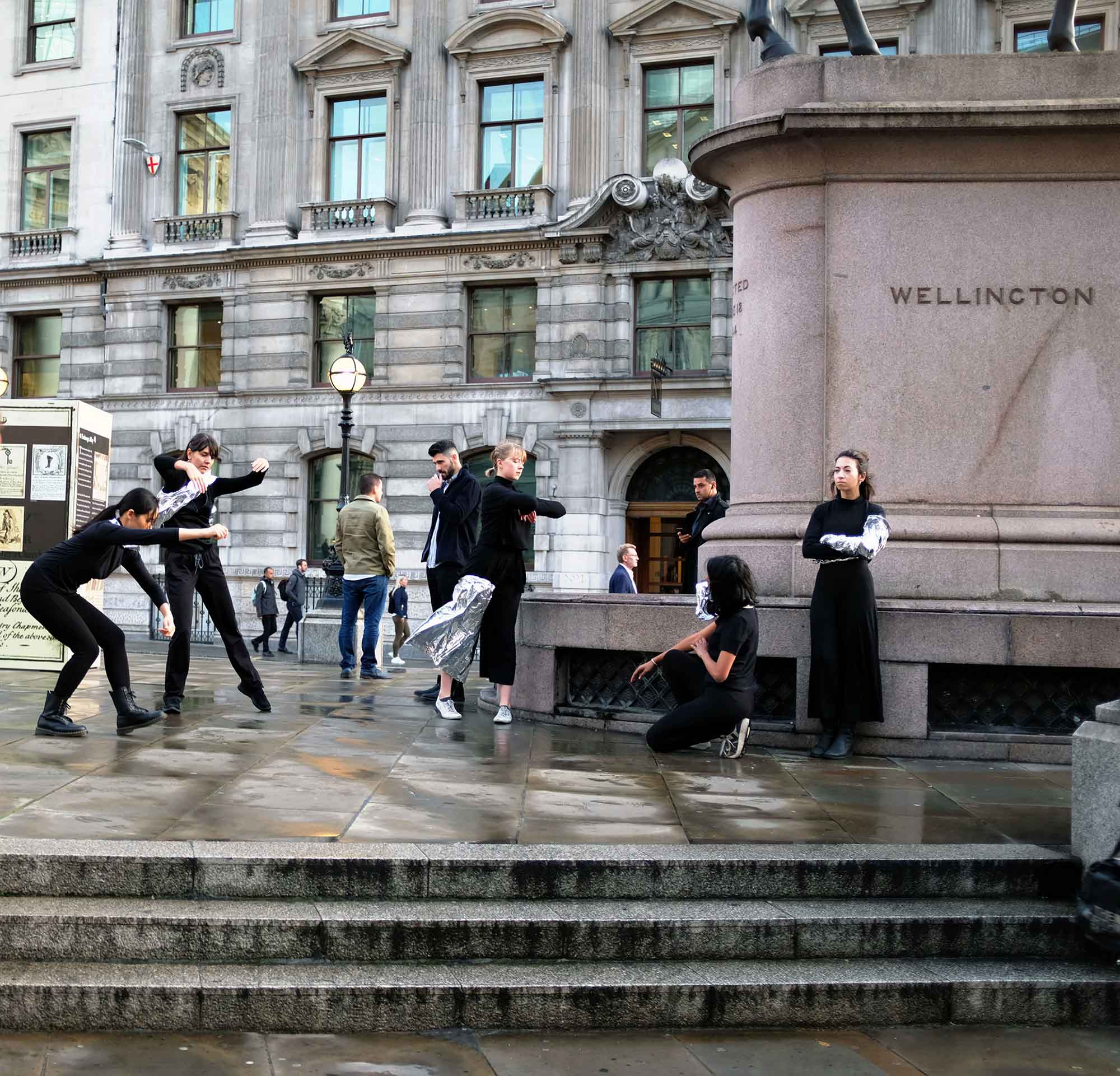
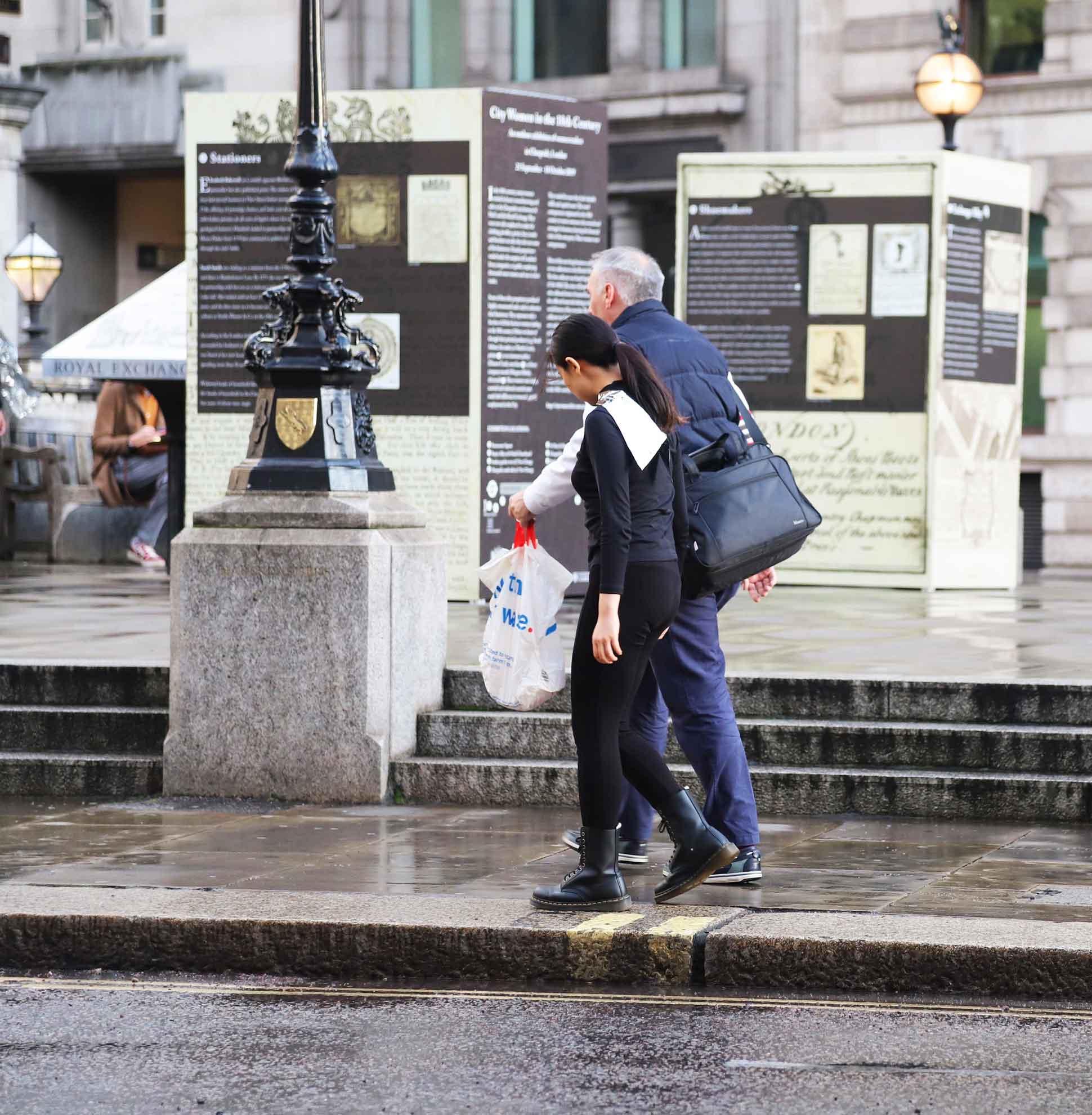
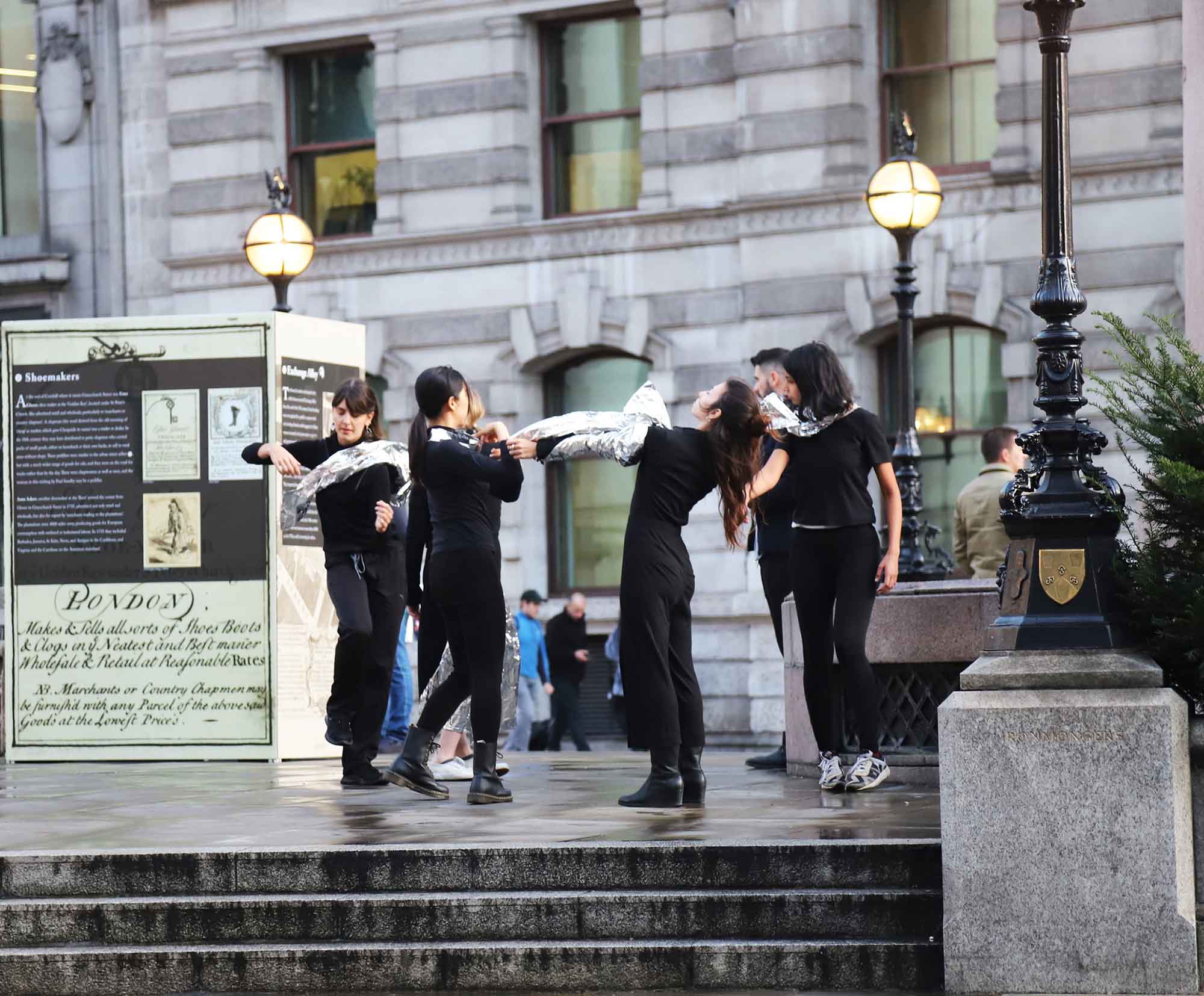

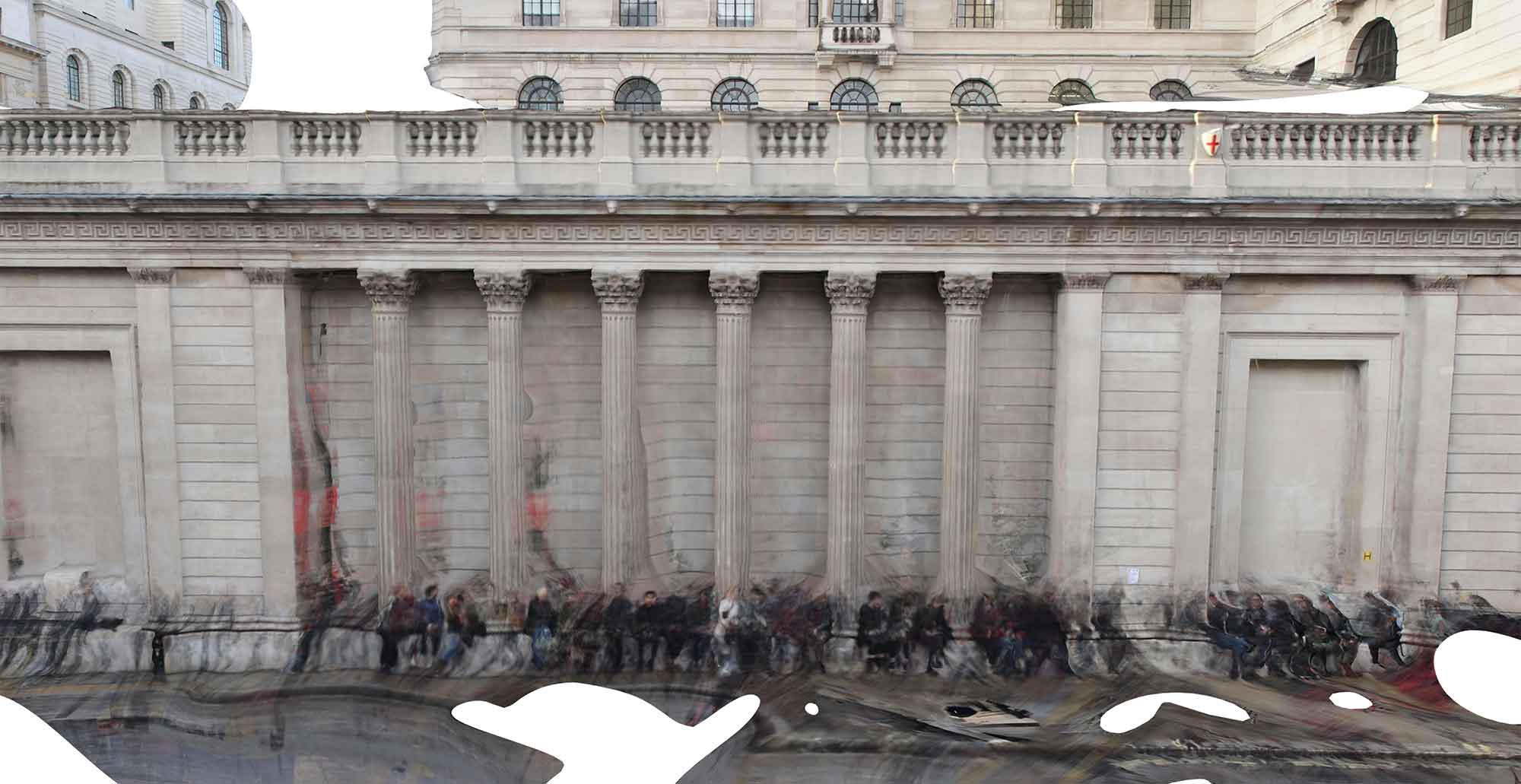
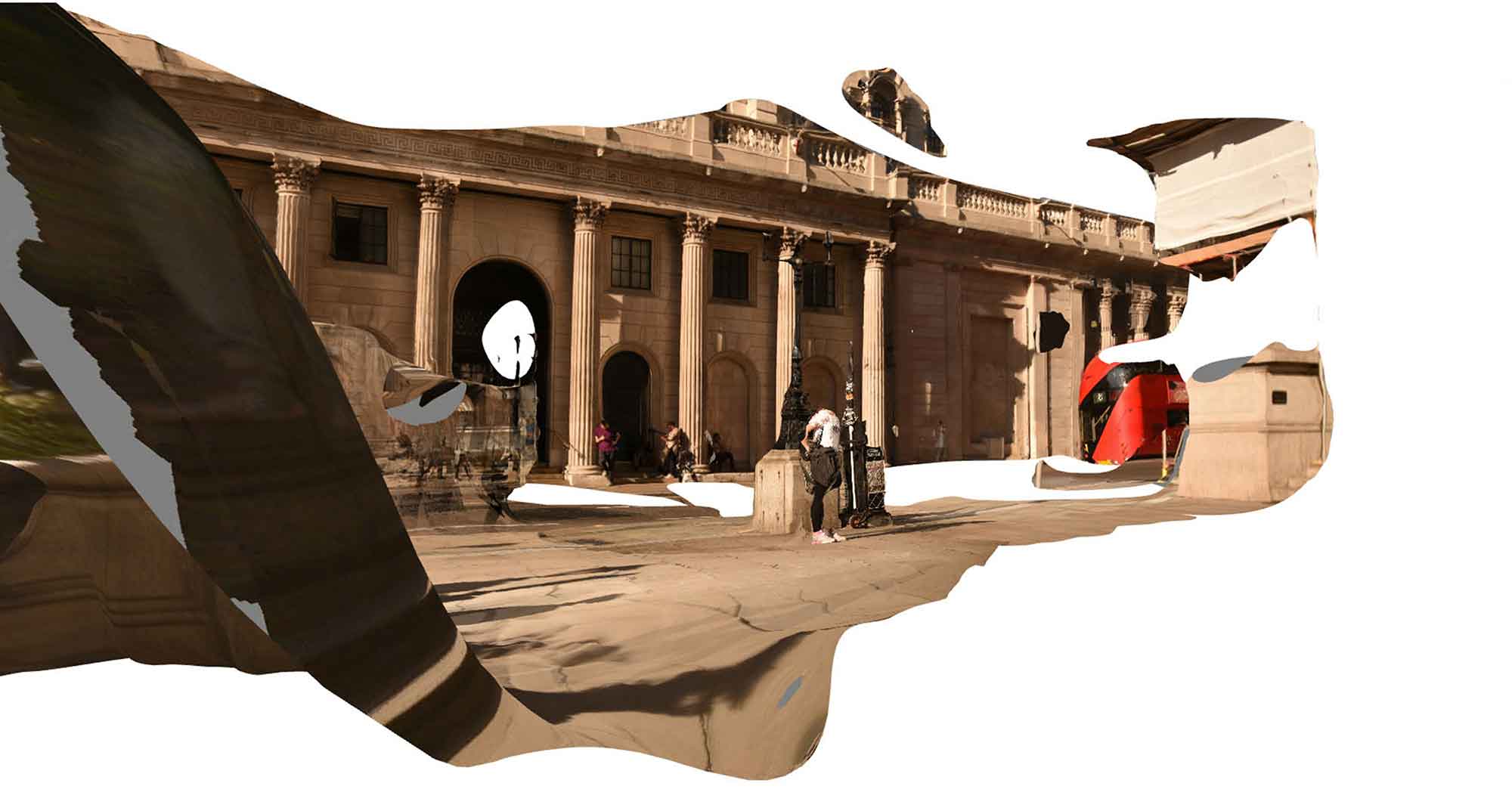
‘The body is capable of knowing things which the mind is ignorant of’ Jacques Lecoq, The Moving Body, (2011)
‘The value of a commodity is the expenditure of human labour in its abstract’ Karl Marx, Capital: Volume I, (1867/87)
Exchanging Values at Bank situates itself on a site where the rhythms of finance and the human body are in a constant exaggerated dialogue with each other. This movement piece was developed in collaboration with dancers and choreographers Sophie Holland, Camilla Isola, Gladys Wen and Iris Anthasiadi through a series of workshops which allowed for dialogues across the fields of architecture, planning and choreography.
Exchanging Values at Bank frames the ‘human body’ or labour as the value-imparting element in a capitalistic society, ‘land’ as the element onto which value is imparted and ‘human movement’ as the point where ‘labour’ and ‘land’ are exchanged to produce value. Suggesting that we have the agency within our own bodies to add value to land through our labour on it, the site-specific choreography slips into, rubs across and drifts in between the everyday movements of the marching workers in the City of London. It seeks to find an alternative measure of land value through the embodiment of the rhythms of the moving labour-producing bodies.
At the bottom of any land valuation sits a process of land surveying. Land surveying determines distances and angles between points on the land so that it can be divided and a value attached to it. Appropriating the apparatus of a typical land survey, this intervention replaces the established points with human bodies, measuring through human rhythms rather than numbers. Inserted as static points on site, the points (or bodies) begin to move, repeat, drift and collide with each other visualizing, dematerializing and actively disrupting the value of land and its relation to labour.
The documentation of the film took the form of a photogrammetry model. Photogrammetry records only the static things on site, rejecting all the moving elements. Thus, the moving body of the dancers, buses, cars and the marching passers-by become the white spaces within the model. This resulting documentation re-choreographs the performance as it shifts its gaze away from the performers and turns towards the static audience seated on the plinth of the Bank of England.
Through the bringing together of Marxist theory and a choreographic site-specific performance, the live intervention navigates between the intimately familiar and the infinitely strange movement rhythms within the site to critique the relationship between commodity capitalism and spatial production.
Shivani Shah is a graduate from the MA Situated Practice programme at the Bartlett School of Architecture, UCL where she took the site-writing module. She runs her own art/architecture studio practice in Mumbai working across collaborations with architects, educationists, artists and planners. She is currently a visiting faculty member at KRV Institute of Architecture in Mumbai and has conducted movement workshops for dancers and choreographers at Studio Wayne McGregor in London and with architecture students at the School of Environment and Architecture in Mumbai exploring movement practice as a research tool. She is also currently developing a curriculum for expanding thinking through the body which aims to explore the intersection of space making, algorithmic movement and commodity capitalism through a collective exploration of multiple bodies across complexed layered sites in Mumbai.
Through my practice I aim to critique the sites of our everyday urban environments, the economic algorithms scripting these settings and the performance of the human labour with(in) this set up. Developed as collaborations across disciplines, the practice aims to visualize and actively and politically disrupt the rigid boundaries built around disciplinary procedures to serve the dominant economic forces within society. With cross-pollination, new dialogues emerge which critique the relationship between commodity capitalism and spatial production to interrogate the conditions which produce inequality around us. Through this a space for critical engagement is created which pursues a less disproportionate society.
Henri Lefebvre, The Production of Space, (1974).
Suzy Wilson, Clod Ensemble, On the High Road, (2019)
Jacques Lecoq, The Moving Body, (2011)
For film documentation of the performance https://vimeo.com/427820214
For a photogrammetry model of the performance https://vimeo.com/415851295



































































